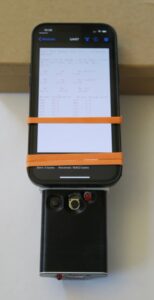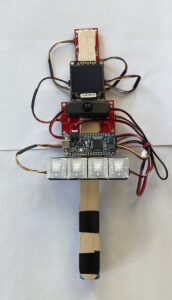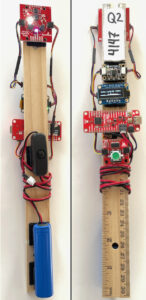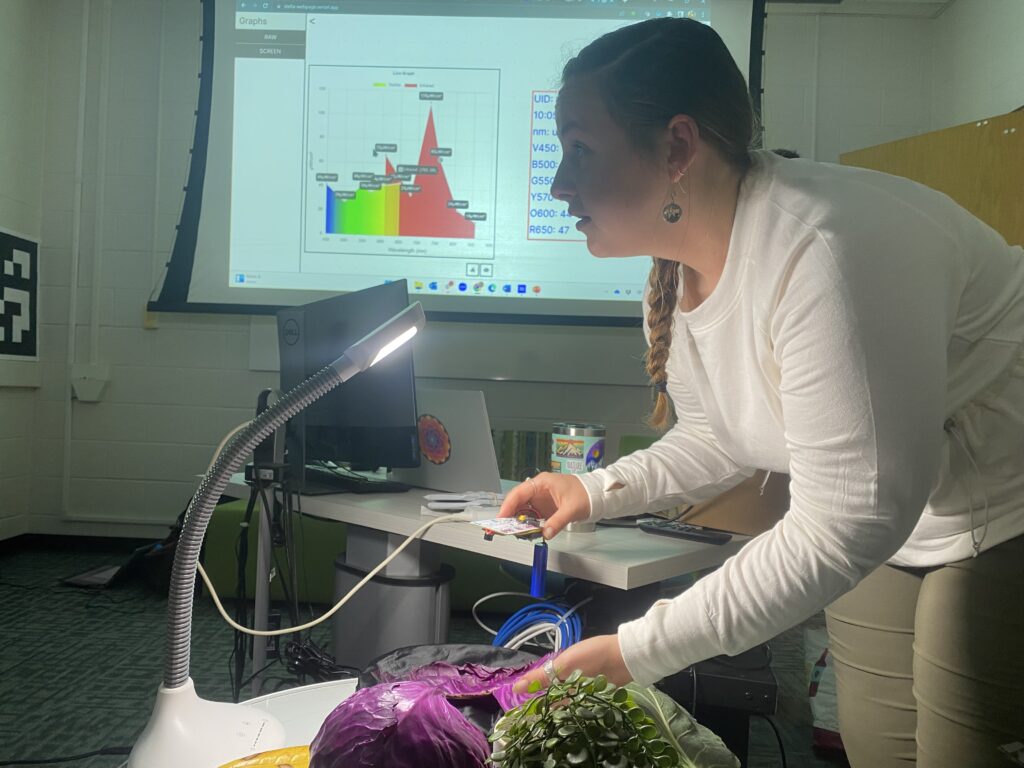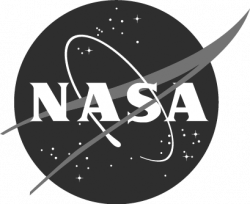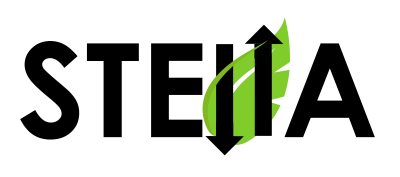
The STELLA (Science and Technology Education for Land/Life Assessment) project uses spectrometers that can be built with low-cost components and 3D printed housings to introduce NASA Earth observation technologies and provide authentic hands-on learning experiences for remote sensing education. STELLA instruments help engage students in the quantitative aspects of satellite data, provide insight into the scientific process, and encourage analytical thinking.
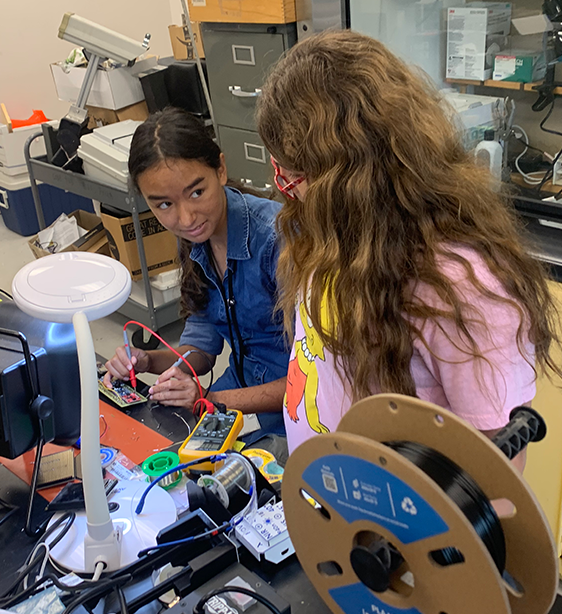
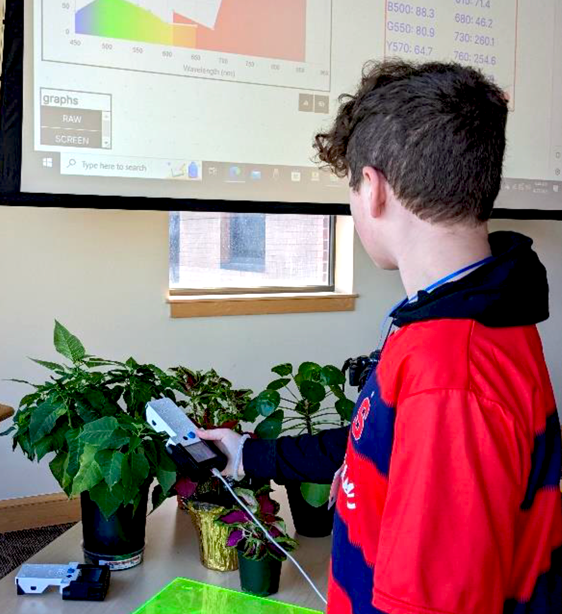
STELLA Spectrometers
STELLA spectrometers measure energy throughout the visible and infrared portions of the electromagnetic spectrum. These DIY devices can be built with inexpensive and widely-available components.
There are four versions of the STELLA spectrometer to accommodate a variety of interests and needs. Assembly of the STELLA-1.0 and 2.0 versions requires soldering and 3D printing. The STELLA-Q and Q2 versions do not require soldering or 3D printing and are ideal for students of all ages. All units use CircuitPython, a beginner-friendly version of the open-source Python programming language.
Data Viewer
Data collected by the STELLA spectrometers can be displayed and analyzed using the Data Viewer. This spectral data reveals information about the physical environment beyond what the human eye can see such as vegetation health, moisture content, and mineral composition.
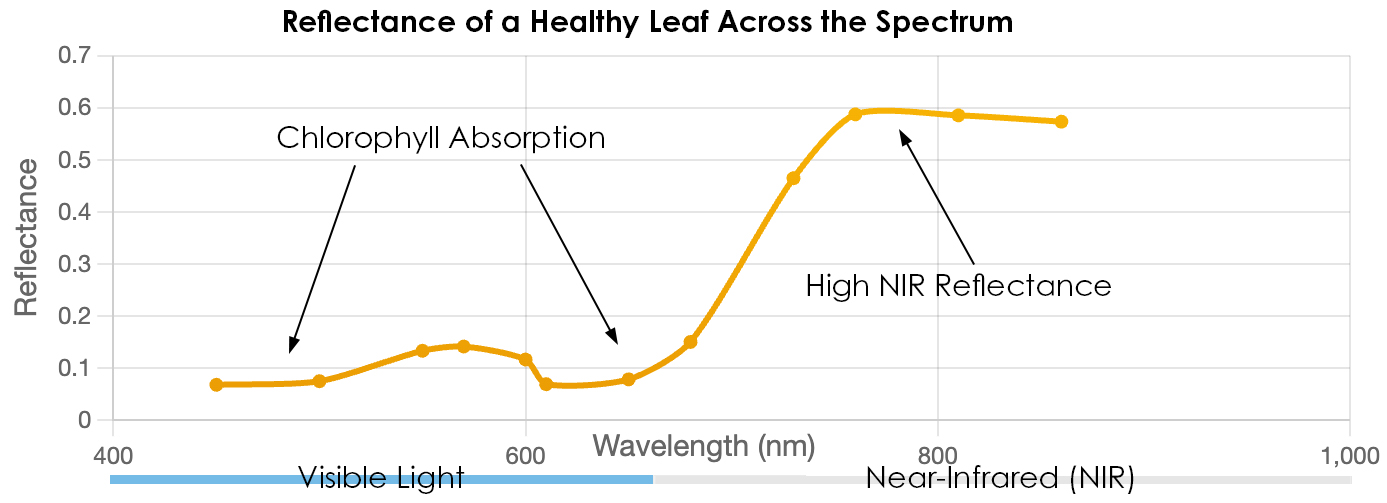
STELLA for Outreach
STELLA spectrometers help engage the public by demonstrating how multispectral data are collected by remote sensing instruments like those on the Landsat satellite. The current versions of STELLA spectrometers sense visible and near-infrared wavelengths—portions of the electromagnetic spectrum also observed by Landsat. However, the modular nature of STELLA’s open-source design enables modification to fit outreach demonstrations for other Earth-observing missions.
STELLA for Education
STELLA introduces students to remote sensing concepts through hands-on instrument development and data collection. By building their own spectrometers, students are exposed to mechanical and electrical engineering concepts such as sensor assembly and light detection. By using their devices to collect data samples, students can learn how spectrometers work and discover proper data collection practices. Students can also learn about instrument calibration by ensuring consistent and precise measurements from STELLA units. Additionally, they can learn the basic programming skills needed to ingest and analyze the data.
Note: STELLA is solely an educational and outreach tool designed to help students and the community learn about Landsat and remote sensing. The performance of STELLA has not been scientifically peer-reviewed and data retrieved should be used for educational purposes only. Find more information on the capabilities and limitations of STELLA data in Technical Details.
STELLA News
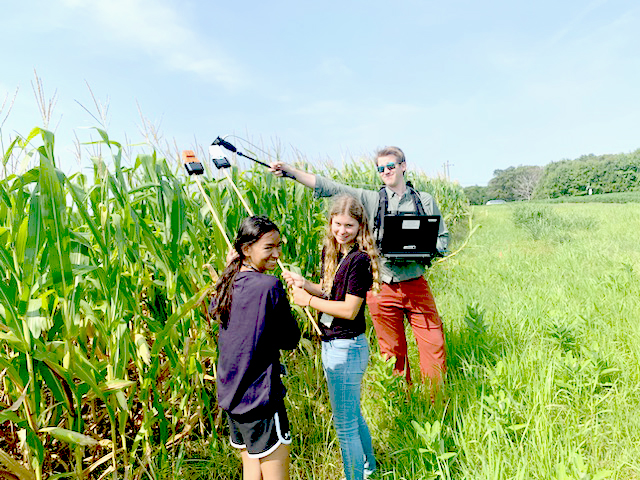
Landsat In Your Hands: STEM Adventures with a DIY Instrument
One way to better understand the science and technology behind Landsat’s spectral measurements is to build a spectrometer. This past summer, two local high school students did just that.
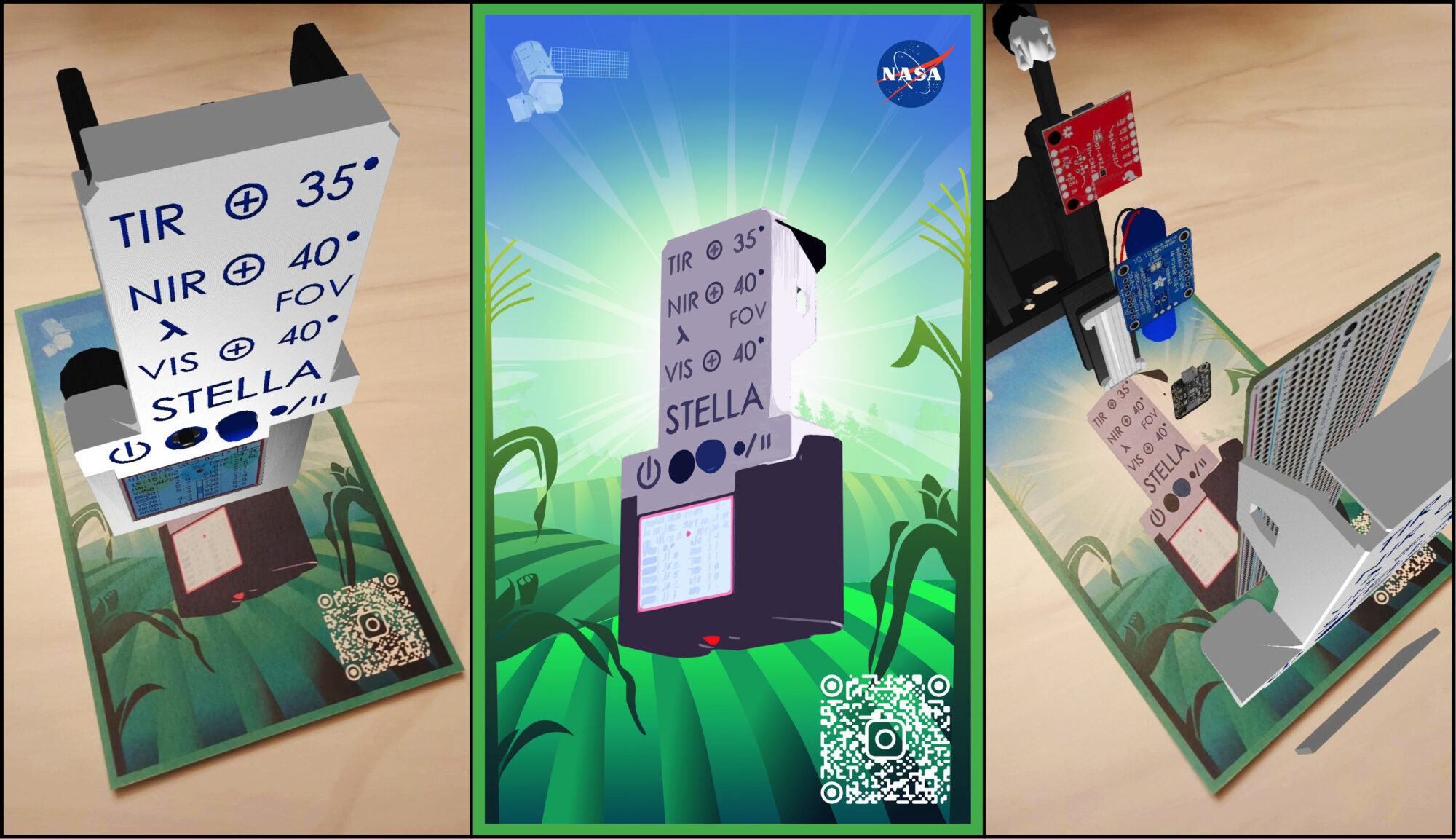
Webinar: STELLA, the DIY-Handheld Spectrometer
Join the STELLA team on September 19, 2023, to hear the the latest and greatest about the STELLA handheld spectrometer, a DIY instrument that helps you understand how Landsat works.
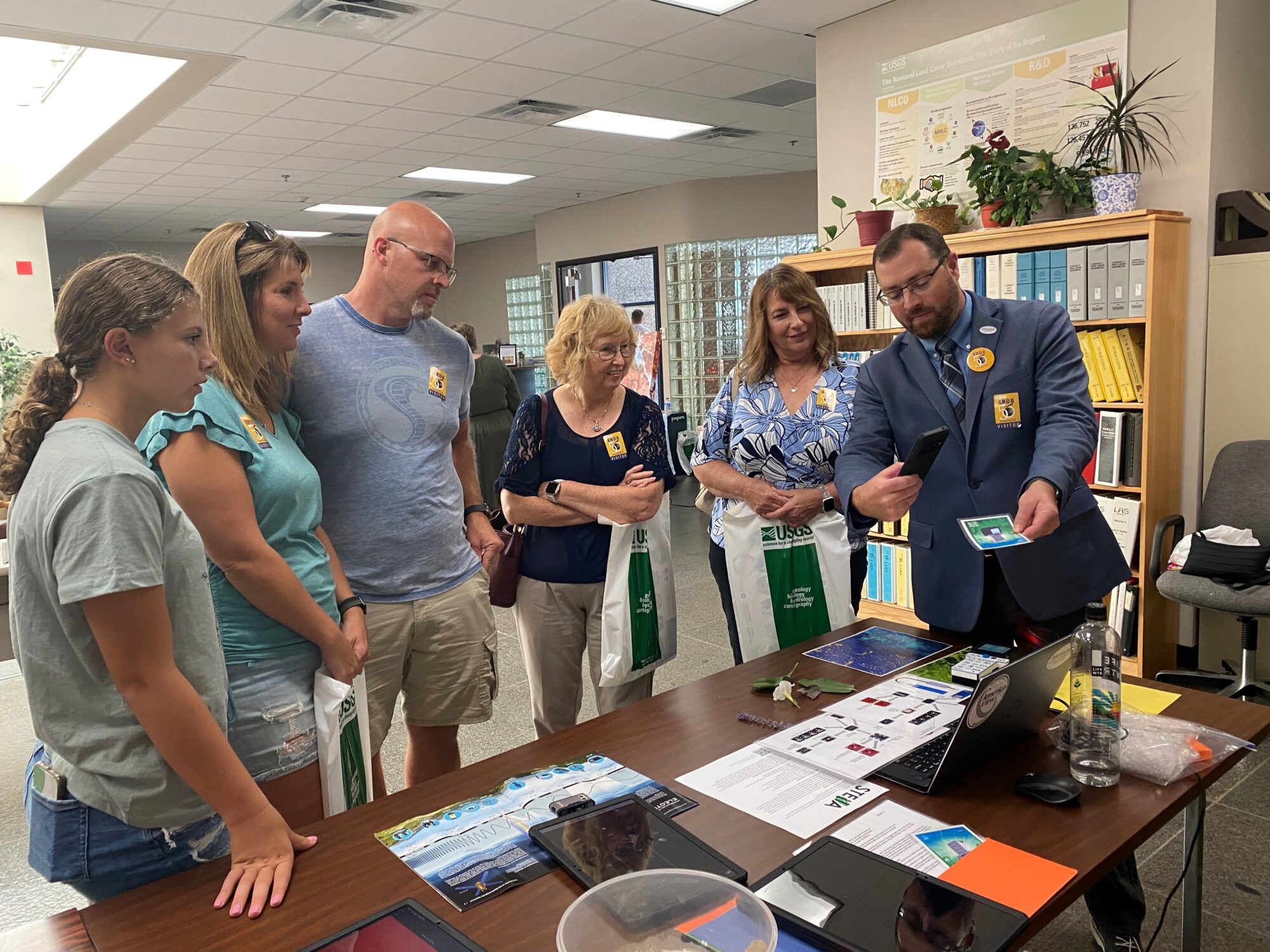
The 50th Anniversary of the EROS Center: Honoring Five Decades of Innovation Through STEM Outreach Activities
The Earth Resources Observation and Science (EROS) Center celebrated its 50th anniversary in August. Learn more about the EROS Center, the anniversary celebration, and the Landsat-related outreach activities at the event—with a spotlight on STELLA, a DIY spectrometer.
* Any use of trade, firm, or product names is for descriptive purposes only and does not imply endorsement by the U.S. Government.


